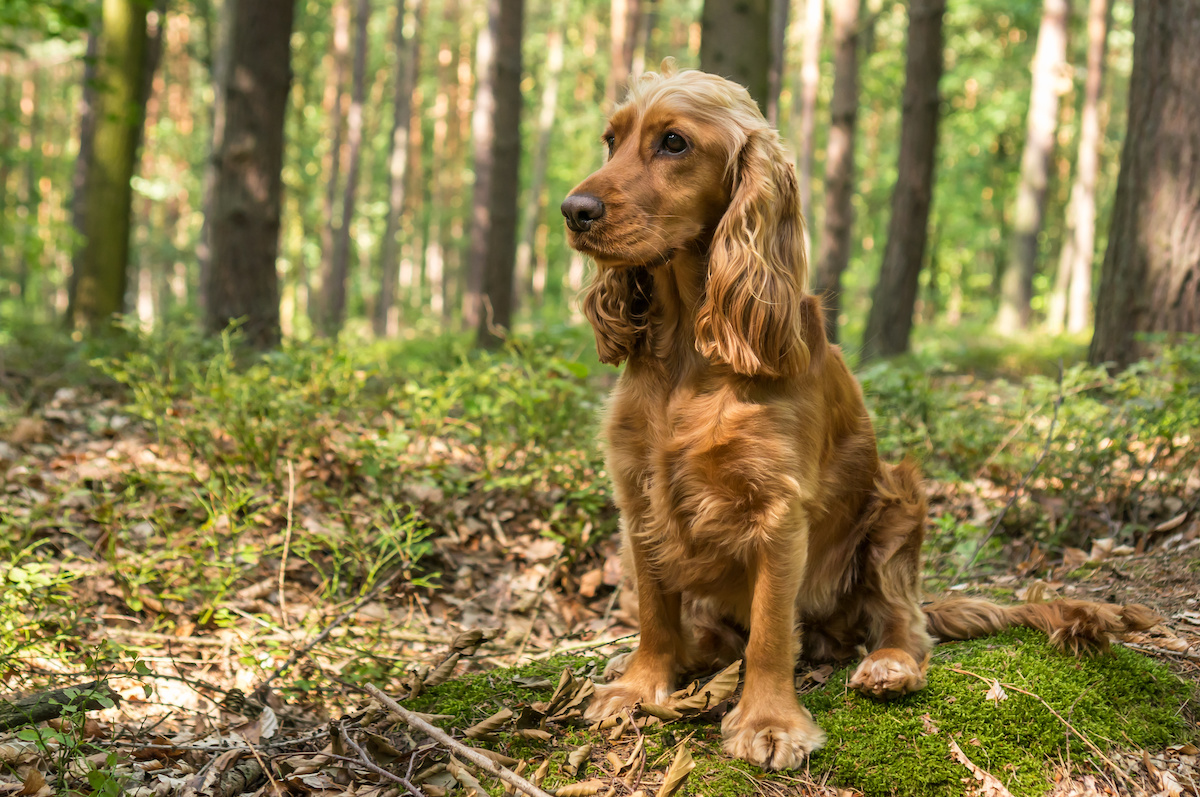If you have just welcomed a new Spaniel into your family, congratulations! This is a wonderful breed of dog that is known for its hunting skills, as well as its obedience. However, in order to make sure that your Spaniel grows up to be the best dog possible, you will need to provide some basic training. In this blog post, we will discuss the top 4 tips for training your new Spaniel. We will also talk about why Hound training is different than other types of training, and how you can use these differences to your advantage.
Why Should You Train your Spaniel?
There are a number of reasons why you should train your Spaniel. First and foremost, training will help to establish the bond between you and your dog. It will also help to ensure that your Spaniel grows up to be a well-behaved dog who knows how to behave in both the home and in public. In addition, training can be a great way to provide mental and physical stimulation for your dog. Finally, if you are planning on using your Spaniel for hunting, it is important to begin training as early as possible so that they can develop the necessary skills.
The Top Four Training Tips For Your New Spaniel
Now that we have discussed why you should train your Spaniel, let’s talk about the top four training tips that you should keep in mind.
Tip # 1
Start with basic obedience training: As we mentioned before, one of the benefits of training is that it will help to establish the bond between you and your dog. A great way to do this is to start with basic obedience training. This will teach your dog the basics, such as sit, stay, come, and down. Not only will this help to establish a strong bond between you and your dog, but it will also give you a good foundation to build on as you move on to more advanced training.
Tip # 2
Use positive reinforcement: One of the most important things to remember when training your Spaniel is to use positive reinforcement. This means rewarding your dog for good behavior, rather than punishing them for bad behavior. Positive reinforcement will help to ensure that your dog enjoys the training process and is more likely to be successful.
Tip # 3
Be consistent: Another important tip for training your Spaniel is to be consistent. This means that you should use the same commands, rewards, and punishments each time you train. This will help your dog to understand what is expected of them and make it more likely that they will respond positively to the training.
Tip # 4
Make it fun: Finally, one of the best ways to ensure that your Spaniel enjoys the training process is to make it fun. This means incorporating playtime into the training sessions, and using treats and toys as rewards. If your dog is having fun, they will be more likely to retain what they are learning and be successful in their training.
Why Spaniel training is different than other types of training
Spaniel training is different than other types of training because spaniels are bred to be hunting dogs. This means that they have a natural instinct to flush out game and to retrieve it. Consequently, spaniel training must take these instincts into account.
For example, when teaching a spaniel to retrieve, it is important to use a dummy that smells like game. This will help the dog to understand that he is supposed to bring the dummy back to you. Similarly, when teaching a spaniel to flush out game, it is important to use a bird wing or other similar object.
This will help the dog to understand that he is supposed to flush the game out into the open so that you can shoot it. By taking into account the natural instincts of spaniels, trainers can more effectively teach these dogs the skills they need to be successful hunters.
